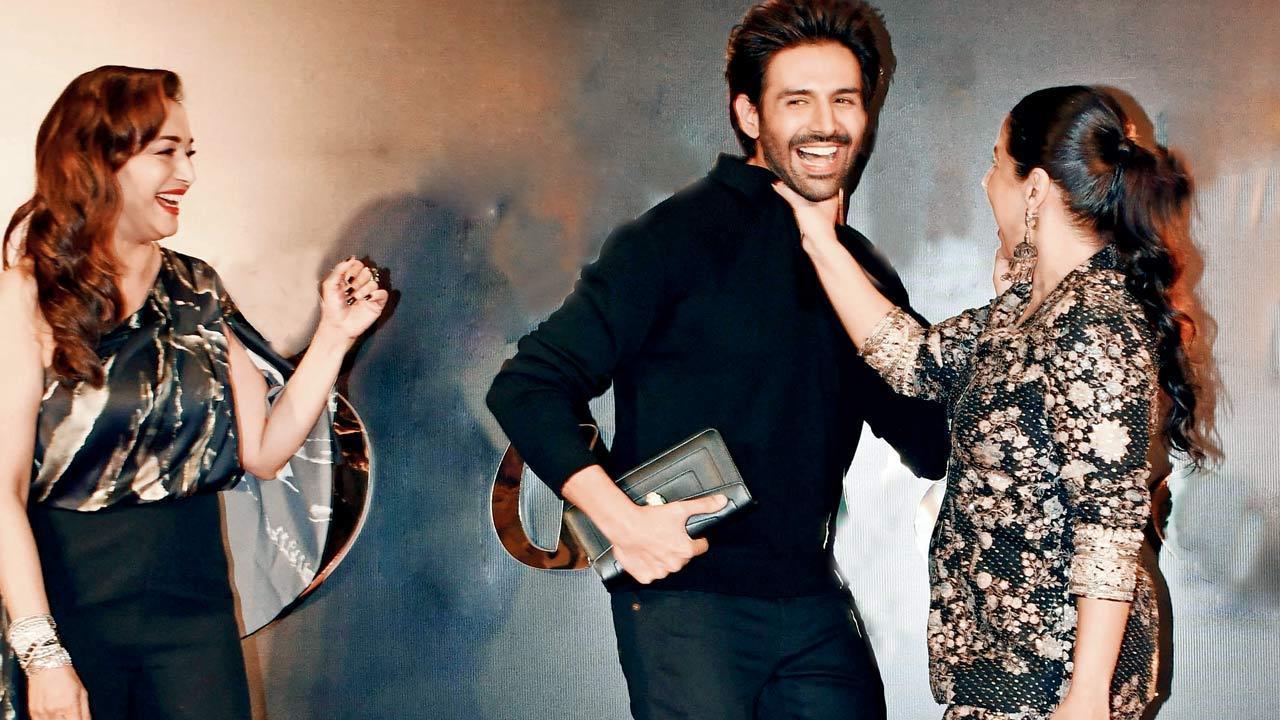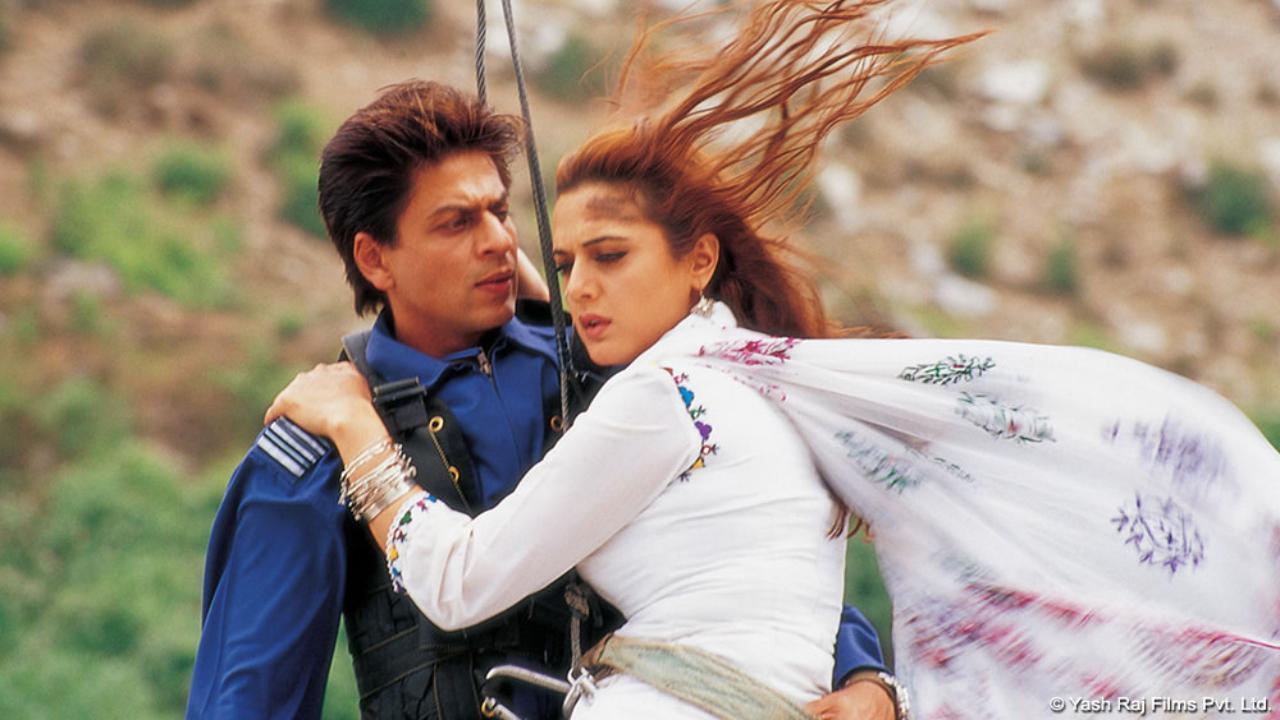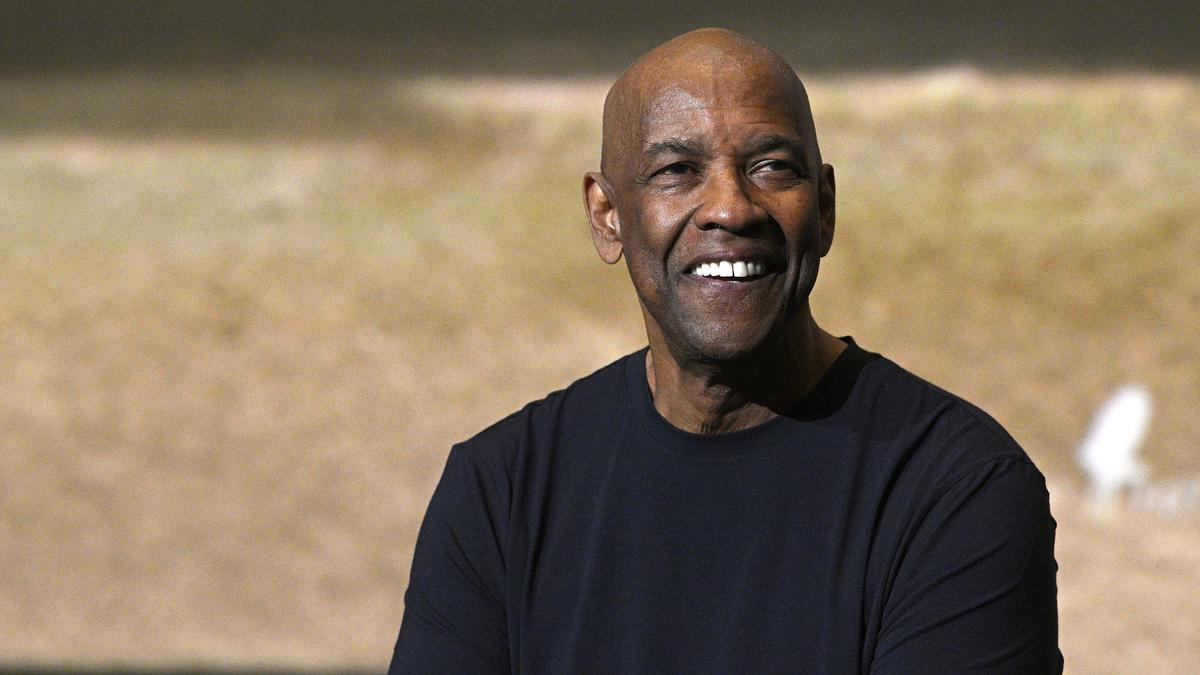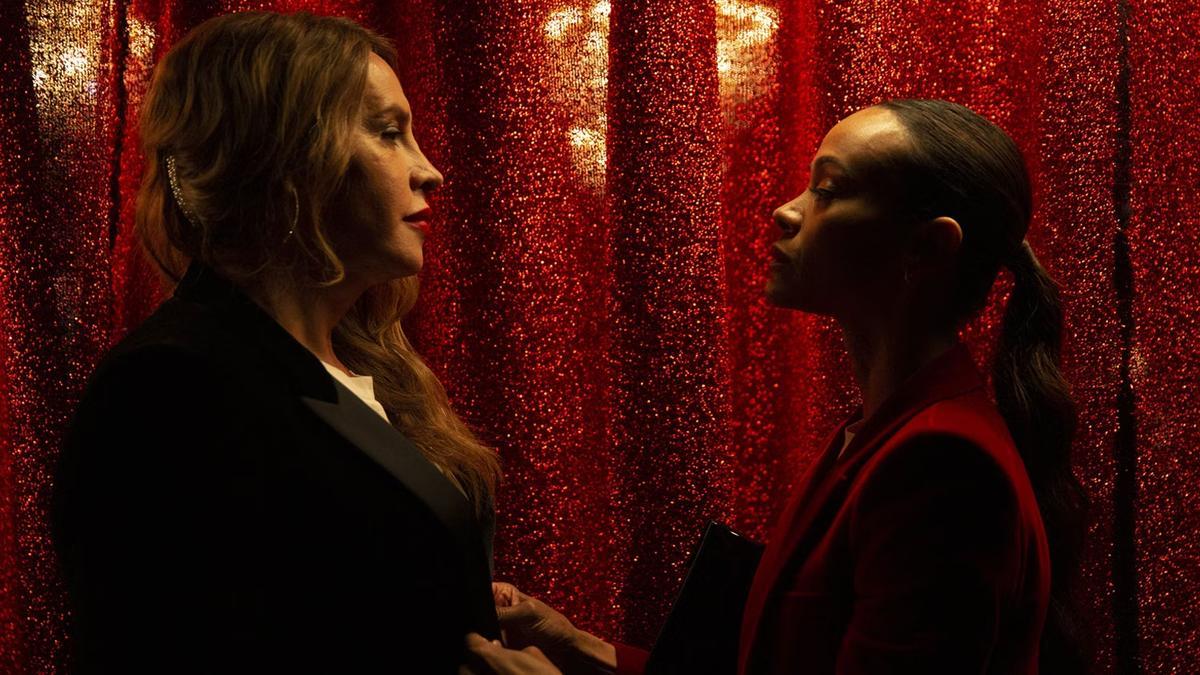
As the film industry buzzes with anticipation, ‘Love Sex Aur Dhokha 2’ — the sequel to the pathbreaking 2010 film — prepares to enthrall audiences anew. Directed by the renowned Dibakar Banerjee and produced by the eminent Ektaa R Kapoor under the auspices of Balaji Motion Pictures, the forthcoming cinematic venture aims to dissect the complex tapestries of love and deceit in the digital era. Slated for release on April 19, 2024, ‘Love Sex Aur Dhokha 2’ promises to be a narrative woven with controversial themes, reflecting upon the influence of social media and internet personas.
Despite the film’s allure and the excitement it stirs in cinema aficionados, not everything about its production sailed smoothly. Amidst the fervor, questions began surfacing as teaser materials emerged without the appearance of Nimrit Kaur Ahluwalia, a notable contestant on the reality TV show ‘Bigg Boss 16’ who had reportedly been cast during the final phase of the show. It was rumored that her departure from the project was due to the audacious scenes the role demanded, yet these assertions remained unverified by official sources.
Dibakar Banerjee, the film’s mastermind, broke his silence in a candid interview, elucidating the hurdles in assembling a cast suited for a film laced with controversy. Without specifically naming Nimrit, Banerjee recounted the numerous departures of actors from the project. By entering the ‘Bigg Boss’ household to find talent, the director admitted that it was part of a broader public relations strategy. “There are many, many people who dropped out. Honestly, going to Bigg Boss and picking an actor was just a PR plan, with Ekta making the big announcement,” he revealed to India Today. The original intent was broader, encompassing more than actors, extending even to singers reluctant to voice words linked to the film’s themes.
Surely, such developments provoke contemplation about the paradoxes festering within contemporary society, where the boundaries of what content creators could explore are often delineated by unspoken mores and the whims of the collective zeitgeist. Reality dictates that artists like Banerjee who dare to push these frontiers frequently encounter avoidant attitudes and are, at times, shunned for their audacious storytelling.
Another intriguing aspect of the film’s journey to the big screen was its interface with music executives. Rejections by music labels proliferated, often citing ‘brand alignment’ as a chief concern. “We went and asked people who the label wanted, but they refused saying it was their ‘brand’ of songs. They feared being trolled,” Banerjee mentioned, highlighting a prevalent anxiety about online backlash in the current climate of digital immediacy and viral scrutiny. Despite debacles, streamlining their auditory aspirations to the practicalities at hand, ‘Love Sex Aur Dhokha 2’ features a soundtrack that’s both distinct and intimately reflective of the film’s trailblazing essence.
The ethos of ‘Love Sex Aur Dhokha 2’ is anchored in its avant-garde chronicles of the digital age, where online personas can both captivate and captivate. Never before in the annals of Hindi cinema has a film dared to so candidly explore the murky reservoirs of virtual intimacies and the juggernaut influence of influencers. It holds up a mirror to a society that’s at once entranced and evasive of the narratives that it helps create.
The marketing strategy for the film has been nothing short of genius, with an array of captivating posters and captivating songs — ‘Kamsin Kali’ becoming a particular favorite — catching the attention of the masses. Balaji Motion Pictures and Cult Movies, through this film, extend an invitation to audience members to traverse the nuanced terrains of the internet, where love surmounts boundaries and influencers are enshrined.
Despite the challenges ‘Love Sex Aur Dhokha 2’ faced on its path to release — from the casting of Nimrit Kaur Ahluwalia to overcoming the wariness of music labels — the film stands as a testament to a narrative that dares to confront society’s double standards and scrutinizes the very fabric of contemporary human connection. It heralds a new era of storytelling, where the cyber realm’s vast frontiers are narratively charted with both grit and grace.










